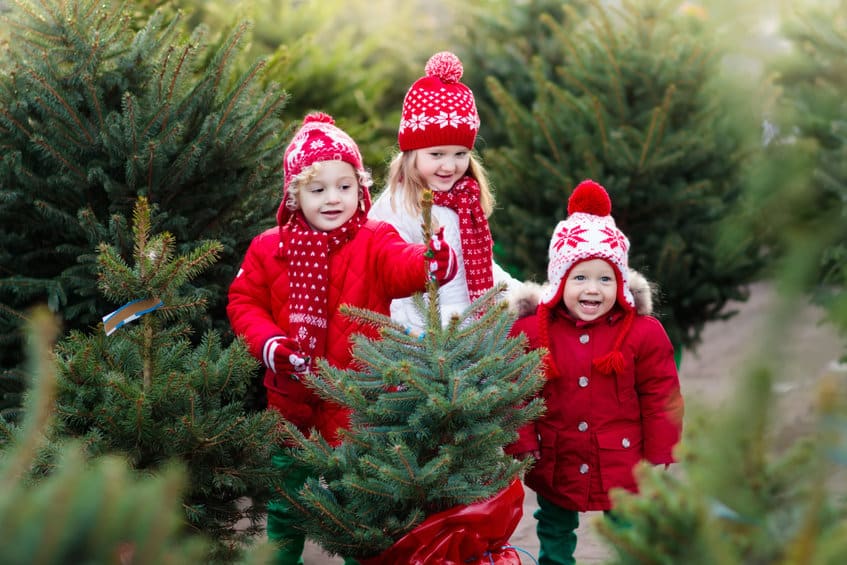By John Salak –
Covid, insurrections, inflation, geopolitical turmoil, rabid (and tiresome) bipartisan politics, supply chain troubles and the Mets taking forever to hire a general manager—thank goodness the 2021 holidays are at hand. Finally, a chance to sit back with family and friends, emotionally detox and, for those so inclined, the opportunity to bask in the glow of a Christmas tree (real or artificial) that’s ladened with heirloom ornaments.
And that’s a lot of glowing considering about 100 million homes display trees each year and 60 million real and artificial trees are sold annually in the U.S.
Oh, you may want to check that thought. Just when everyone suspected 2021 couldn’t get any worse, emotionally nagging whispers of a pending Christmas tree shortage are starting to surface. Say what? 
Yup, apparently the American Christmas tree consumer is facing a perfect storm that has its roots in droughts hitting tree farm regions almost a decade ago. The weather problems that stunted supplies have only been acerbated by recent heatwaves, overselling real trees in 2020, national shortage of truckers and international supply chain woes.
Still not spooked by a pending tree shortage? Warnings of a shortfall are appearing nationwide from the West Coast through the timber-rich lands in Oklahoma, Texas, South Dakota and neighboring states to the East Coast.
Those willing to go artificial may not find the picking any better as 85 percent of artificial trees sold in the U.S. are manufactured overseas and these foreign-made towers of tinsel are likely to face a shipping bottleneck as they come into the American market—just like about everything else flowing in from Asia, South America and Europe.
“This is the second year that the tree shortage has affected us,” said Gary Eubanks, owner and operator of Oklahoma’s Cross Timbers Christmas Tree Farm. Those lucky enough to find the perfect tree—or at least one they’re willing to accept—are likely in for another surprise: sticker shock, he warned.
“The shipping has affected our pricing a lot,” Eubanks told Tulsa’s News Channel 8. “The shipping has really gone up. And I think everybody should expect no matter where they go, the prices are going to be higher.”
How much more will probably be a regional issue for either real or artificial trees.
Synthetic trees could be at least 20 percent higher in price this year than last, according to Mac Harman, the chief executive office of tree manufacturer, Balsam Hill in Pennsylvania. The supply chain crunch is having a tremendous impact that has raised his shipping costs by 300 percent he told his local CBS affiliate. “And so, everything is getting delayed.”
What’s worse is that tree prices weren’t exactly inexpensive before this perfect storm hit. Tags for real trees have been trending up in the five years to 2020. In fact, they nearly doubled during this period, according to the U.S. Department of Agriculture (USDA). This year’s quotes could slap another 40 to 50 percent hike on top of last’s year’s prices, warns Neil Courtney, an auctioneer that recently moved over 50,000 trees to resellers.
Is there an emotional or environmental silver lining to this pending Christmas tree squeeze? It’s debatable. The holidays are always a stressful time for many and paying more for a hard-to-find tree is only likely to tax the public’s collective psyche.
Environmentally, the more live trees popping out of the Earth is a good thing, so cutting down fewer trees should be a benefit. Christmas trees, after all, are grown in all 50 states and Canada and the National Christmas Tree Association estimates there are about 350 million real trees growing at any one time in North America. But here’s the catch. The association reports that for every tree harvested for the holidays, one to three seedlings are planted so harvesting fewer trees this year may actually cut down on the number of live trees in the ground.
Feeling better? Don’t worry, 2021 is almost over.












